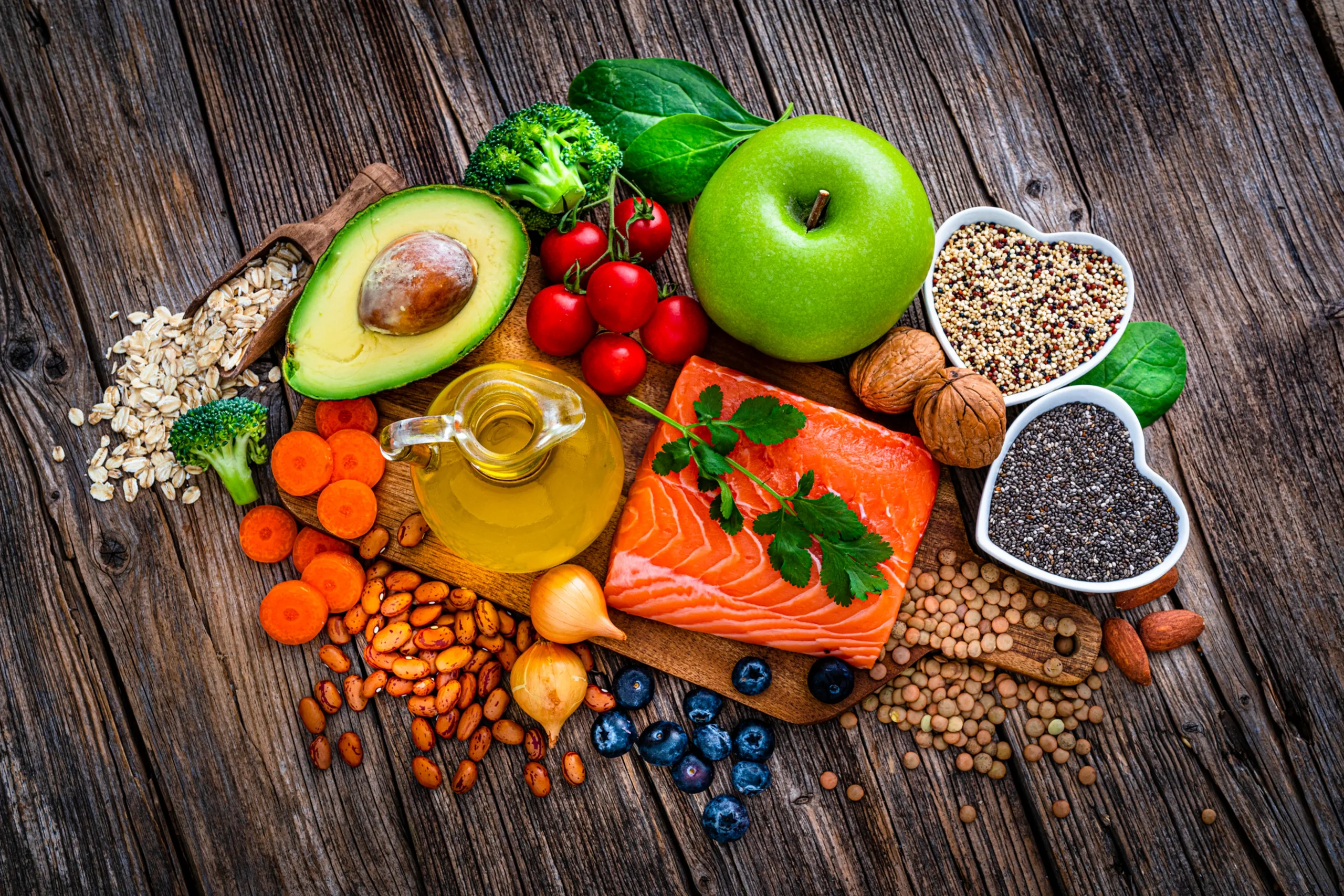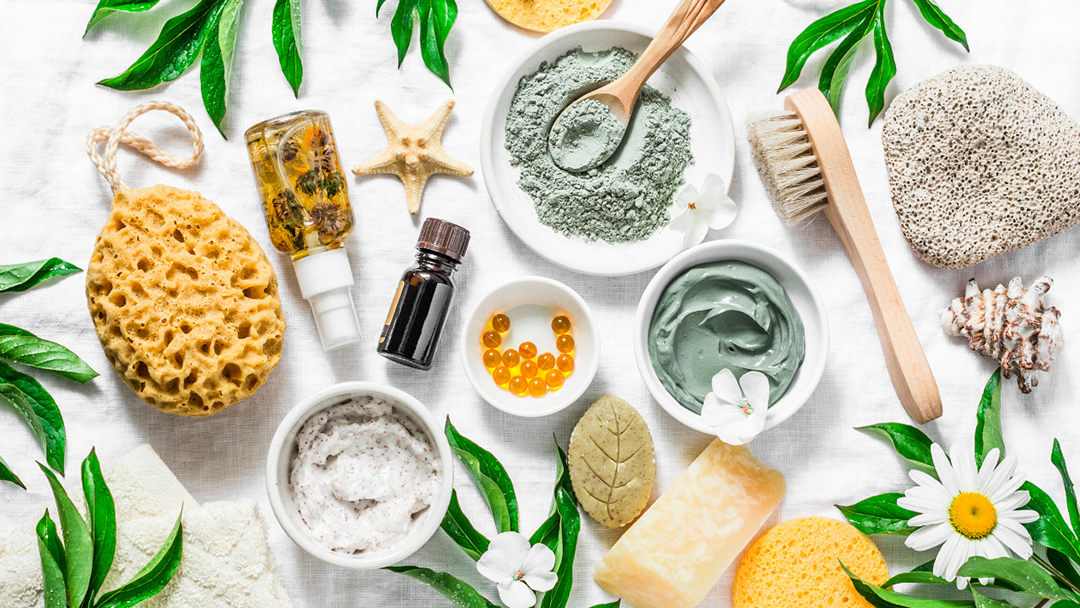The World Wants Matcha. Japan’s Farms Can’t Keep Up.
The phenomenon isn’t all bad. Farmers are finally being rewarded for artisanal products that were becoming locally obsolete, and beyond bottled teas peddled by major conglomerates like Coca Cola, Ito En, and Kirin, the industry as a whole was on its last legs. “There wasn’t a lot of hope in the industry, then the matcha boom came along,” said Chun. Even so, most demand is coming from big buyers—the Starbucks, the Blank Streets—meaning bigger farms and co-ops are coming out on top, but the focus on higher grade powder still trickles down to old-school practitioners.
“It’s not perfect for the industry,” said Chun. “But it’s better than nothing.”
Liu, Chun, and Boyer agree that matcha isn’t going anywhere: Already, matcha is being grown and processed in markets like China, South Korea, and Vietnam, but none are nearly as sought after as Kyoto-made teas. Between industrial matcha flavoring and high-grade powders, there’s room for demand to be met elsewhere using safe practices and quality crops, rather than short cuts like adding coloring agents to mimic premium matcha’s signature green hue.
But addressing these pressures is also a question of equity. Farmers on the front lines of climate change often bear the highest costs of adapting to extreme weather, shifting markets, and exploitative supply chains. Shoppers can help by educating themselves on matcha’s roots and best practices, and by supporting equitably grown product—whether or not it’s made in Japan—so that the communities producing it can weather a hotter, more volatile world.
“As a seller of Japanese matcha, I take a contrarian viewpoint in that, if matcha is going to become a mainstream flavor globally, we do need countries like China to step up their game,” said Chun. “There needs to be more, and better, production for it to be sustained as a global mainstream flavour. There’s just not enough matcha to go around.”
Source link
Share this article:












